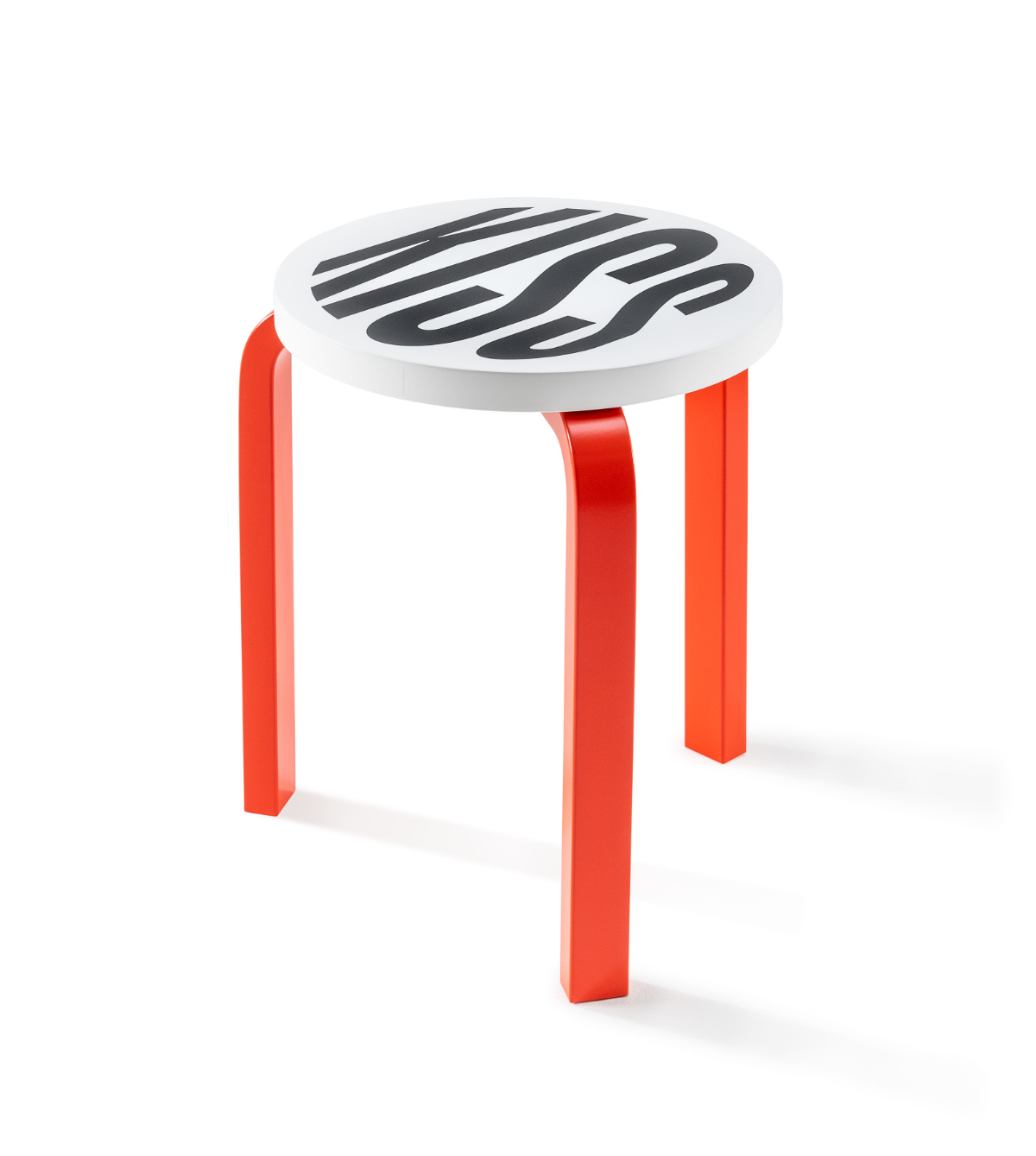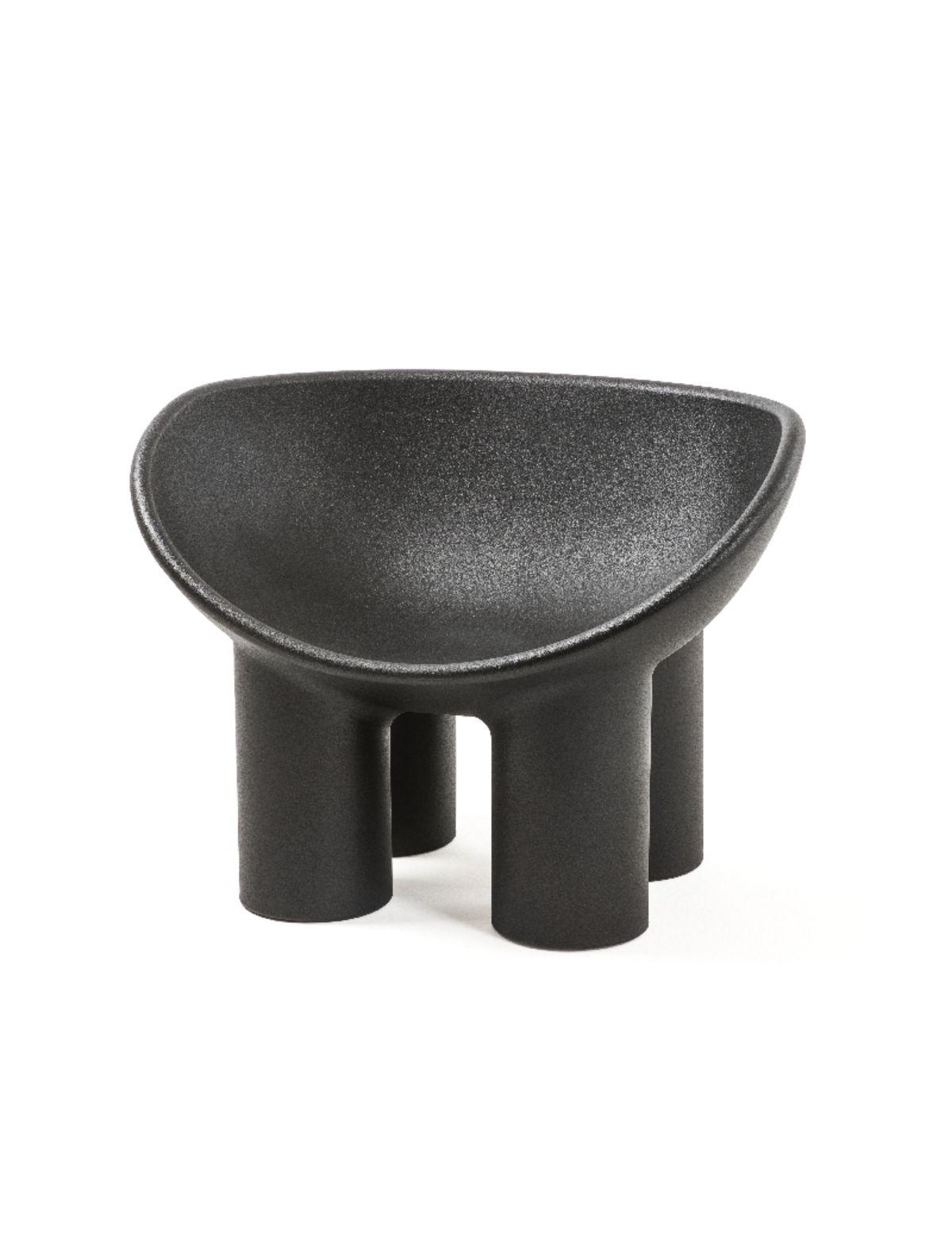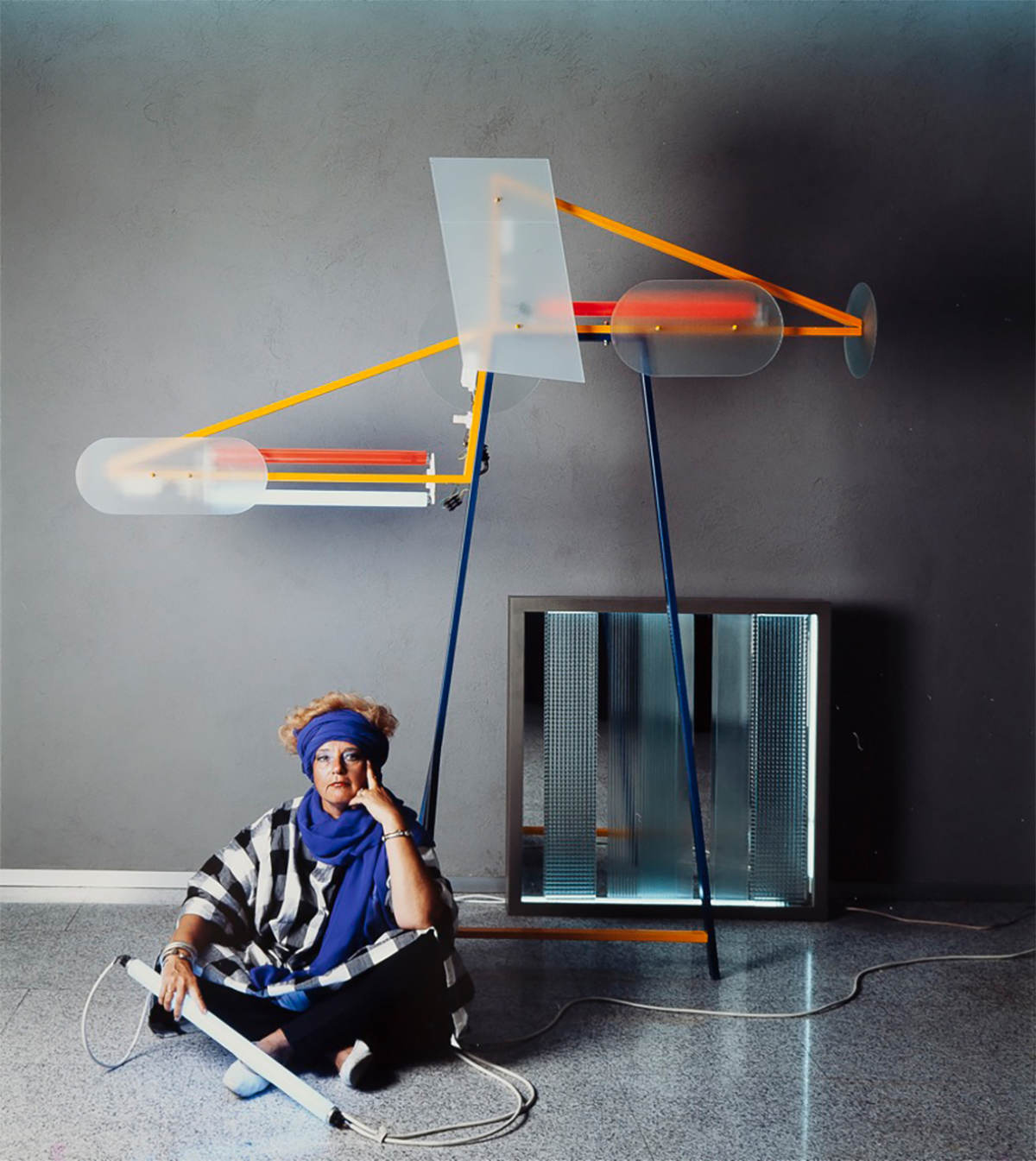Cartier Brand
Cartier Presents: Here We Are! Women In Design 1900 – Today
Luxferity, 12.08.2021

Be it in furniture design, fashion design, industrial design, or interior design, women have contributed crucially to the development of modern design, both creatively and commercially. And yet books about the history of design often fail to mention them. The exhibition »Here We Are! Women in Design 1900 – Today« at the Vitra Design Museum seeks to help redress the balance. Presenting women designers from the past 120 years, it tells a new, many-voiced story of design against the background of the struggle for equal rights and recognition. Around eighty women in design are showcased in the exhibition, including protagonists of modernism like Eileen Gray, Charlotte Perriand, Lilly Reich, and Clara Porset, business leaders like Florence Knoll and Armi Ratia, but also lesser-known figures like the social reformer Jane Addams. Contemporary positions and future outlooks are represented by such designers as Matali Crasset, Patricia Urquiola, Julia Lohmann, and the Matri-Archi(tecture) collective.
In the present day, nearly half the design students are women, and women lead the way in many pathbreaking areas of design. With its rich display of fascinating exhibits, the exhibition »Here We Are! Women in Design 1900 – Today« traces the work and working conditions of women in design from early modernism to the present – from iconic objects created by Eileen Gray to little-known new discoveries, contemporary activist networks, and feminist design research. The result defines a clear stance on a key social issue and presents modern design in a new light.
The exhibition consists of four parts and takes visitors on a journey through the past 120 years of design history. The first part focusses on the development of design in Europe and the United States in around 1900, when design emerged as a profession in its own right. This was a time of intensifying struggle for female suffrage, too, and the bid for emancipation is reflected in the design produced, for example, by such social reformers as Jane Addams and Louise Brigham, whose works would today be described as »Social Design«. In New York, Elsie de Wolfe helped shape the new
professional field of interior design, and women designers trained or taught at the Bauhaus, the Russian Vkhutemas School of Art, and the Deutsche Werkstätten in Dresden-Hellerau. In presenting their activities, the exhibition demonstrates that while improved education may have meant increased professionalism, women were still being urged towards traditional roles.
The exhibition’s second part concentrates on the 1920s to 1950s, an era during which women designers began to make their name internationally even though patriarchal patterns endured. Alongside Charlotte Perriand, Eileen Gray, and Clara Porset, the exhibition spotlights Jeanne Toussaint, the creative director who for many decades was in charge of Cartier’s jewellery collections and who ranks among the leading figures of the Parisian luxury industry. Some of the women designers portrayed in this section collaborated closely with their partners: Ray Eames with her husband Charles, Aino Aalto with Alvar. While frequently overshadowed by their male counterparts, they often contributed far more substantially to the joint works than was assumed in the past. The best-known example in this context is Charlotte Perriand, whose share in the legendary furniture designs she created with her famous colleague Le Corbusier has been completely reassessed in recent years. The exhibition also features designers who worked independently all their lives: the ceramic artist Eva Zeisel, for example, who had her first solo exhibition at the Museum of Modern Art as early as 1946.
The third part of the exhibition addresses the period from 1950 to the end of the 1980s. A second wave of feminism emerged in the 1960s to oppose the conservative post-war mentality evident, for
example, in the Swiss Exhibition on Women’s Work held in 1958. Women’s work was still defined as domestic work, the home as women’s proper sphere, but despite this limited view of their activities, many women were extraordinarily creative and productive. The ambivalences and upheavals of these turbulent decades is evident both in the brightly colourful Marimekko design of the 1970s and in some of the spectacular postmodern objects created by such Italian designers as Nanda Vigo, Gae Aulenti, and Cini Boeri.
The exhibition’s fourth part brings us to the present day. Works by established international designers including Matali Crasset, Patricia Urquiola, or Hella Jongerius prove that today, a successful career in design is equally possible for both men and women. Some women designers have been pushing the boundaries of their discipline and make crucial contributions towards redefining the meaning of design as such. These include Julia Lohmann, whose research into marine algae promises to yield new, sustainable materials, as well Christien Meindertsma with her critical examination of production processes. This part of the exhibition also introduces a number of recent initiatives demonstrating how feminist discourse questions patterns of authorship, education, and recognition in design and architecture in the light of such concepts as diversity and intersectionality. In »Weaving Constellations of Identity«, for example, the Matri-Archi(tecture) collective addresses the personal experience of African and Black designers in a work created specially for this exhibition, while numerous networks and publications put the established design canon up for discussion.
In offering a broad survey of different positions, the exhibition »Here We Are! Women in Design 1900 – Today« is as multifaceted as the ongoing debate on feminism in our society. It thus provides a fresh, updated look at the story of modern design, defines a clear stance in relevant debates, and gives plenty of thought-provoking impulses about what design should be in the twenty-first century, who defines it, and whom it is for.
The exhibition is accompanied by a rich programme of workshops, online talks, and events on the Vitra Campus.
General information:
Exhibition title: Here We Are! Women in Design 1900 – Today
Duration: 23 September 2021 – 6 March 2022
Curators: Viviane Stappmanns, Nina Steinmüller, Susanne Graner
Assistant curator: Josipa Špehar
Contact: www.design-museum.de
T +49.7621.702.3200
info@design-museum.de
Global sponsor: Cartier
- 01

Patricia Urquiola, Shimmer, 2019
© Vitra Design Museum, photo: AndreasSütterlin
- 02

Christien Meindertsma with the Flax
Chair, 2015 © Studio Aandacht
- 03

Barbara Kruger, Untitled (Kiss), Stool 60, 2019 (Design Alvar Aalto)
© Vitra Design Museum, photo: Andreas Sütterlin, © VG Bild-Kunst, Bonn 2021
- 04

People gather for the Women’s March in Washington D.C., 21 January 2017
Picture alliance / Reuters | Shannon Stapleton
- 05

Faye Toogood, Roly Poly, 2018
© Vitra Design Museum, photo: Andreas Sütterlin
- 06

Advertisement for Liisi Beckmann’s Karelia lounge chair, 1969
Courtesy Zanotta SpA – Italy
- 07

Cini Boeri, Ghost, 1987
© Vitra Design Museum, photo: Jürgen Hans
- 08

Nanda Vigo 1985 with her designs Light Tree (1984) and Cronotopo (1964).
Photo: Gabriele Basilico, courtesy by Archivio Nanda Vigo, Milano
- 09

Lina Bo Bardi, Stool for Centre SESC Pompeia, São Paulo, 1979/80
© Vitra Design Museum, photo: Andreas Sütterlin
- 10

Poster fort he Schweizerische Ausstellung für Frauenarbeit (Swiss Exhibition for Women's Work), Saffa Zurich, 1958, design by Nelly Rudin Plakatsammlung Schule für Gestaltung
Basel, Copyright for Nelly Rudin: © VG
Bild-Kunst, Bonn 2021
- 11

Grete Jalk, No. 9-1 / GJ Chair, 1963
© Vitra Design Museum, photo: Jürgen Hans
- 12

Greta von Nessen, Anywhere desk lamp, 1952
© Vitra Design Museum, photo: Andreas Jung
- 13

Charlotte Perriand, Untitled / Bibliothèque Tunisie, 1952
© Vitra Design Museum, photo : Jürgen
Hans, © VG Bild-Kunst, Bonn 2021
- 14

Ray Eames working on a model, 1950
© Eames Office LLC
- 15

Panthère bracelet, Cartier Paris, 1958,
Cartier Collection, © Cartier, Foto: Nils Herrmann
- 16

Greta Magnusson Grossman, Grasshopper, 1947
© Vitra Design Museum, photo: Andreas Jung
- 17

Hedwig Bollhagen, Vases. Individual and sample pieces, 1950s and 1960s
Photo: Christoph Sillem
- 18

Charlotte Perriand on the Chaise longue basculante, 1929.
Perriand and Jeanneret © VG Bild-Kunst.
Bonn 2021, Le Corbusier : F.L.C./ VG
Bild-Kunst, Bonn 2021
- 19

Eileen Gray, Untitled / Dressing cabinet for the Tempe a Pailla house, 1932-34
© Vitra Design Museum, photo: Jürgen Hans
- 20

Aino Aalto, Bölgeblick glas series, 1932
© Vitra Design Museum, photo: Andreas Sütterlin
- 21

Clara Porset, Butaca, c. 1948
© Vitra Design Museum, photo: Jürgen Hans
- 22

Life at the Bauhaus: Group portrait of the weavers behind their loom in the weaving workshop, Bauhaus Dessau, 1928.
© Bauhaus-Archiv, Berlin
- 23

Alma Siedhoff-Buscher, Bauhaus Bauspiel, 1923 (2015)
© Naef Spiele, Schweiz, photo: Heiko Hillig
- 24

Loheland photo workshop: Jump (Montage), c. 1930
Photo: Loheland-Archiv, Künzell
- 25

Eva Stricker-Zeisel at the Majolika factory Schramberg, 1929
Stadtmuseum Schramberg, photo: Joseph Saradeth (?)
- 26

Louise Brigham, Box Furniture. How to Make a Hundred Useful Articles for the Home, 1919
Photo: Vitra Design Museum
- 27

Newspaper article on suffragettes who protested in the House of Commons, in: The Daily Mirror , London, April 27, 1906
© The British Library Board












